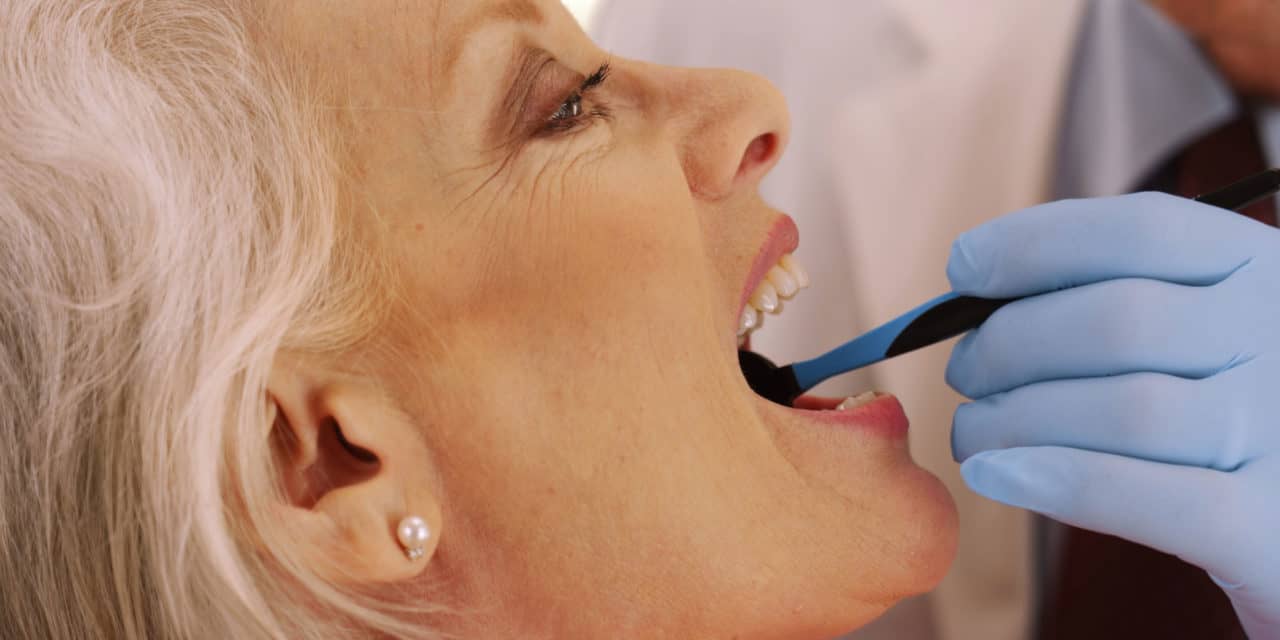The recently updated guidance is similar to the ADA’s own guidance and provides patient management and facility consideration information for before, during, and after dental appointments.
The American Dental Association (ADA) issued a statement welcoming the release of the U.S. Centers for Disease Control and Prevention (CDC)’s recently updated Guidance for Dental Settings, noting it is very similar to science-based guidance issued a month ago by the ADA. According to the association, both guidances describe how dental professionals, building upon existing infection control measures, can help protect patients and the dental team when re-engaging in providing the full range of oral health care.
“Oral health is an important part of overall health,” said ADA President Chad Gehani, DDS. “Resuming regular dental visits are important because treatment, as well as prevention of dental disease, helps keep people healthy. The guidances from the ADA and the CDC give dental professionals the information they need to practice as safely as possible.”
The CDC guidance provides patient management and facility consideration information for before, during, and after dental appointments, which reportedly is in close alignment with the ADA’s Return to Work Interim Guidance Toolkit. CDC and ADA recommendations include:
- Request that dental staff call patients prior to the scheduled appointment to ask questions about their current health status.
- Advise patients to wear a face covering when entering the dental practice.
- Limit the number of people who accompany a patient to the appointment. If possible, the patient should make the visit alone.
- Assess all patients upon arrival; temperature checks may be completed.
- Remove items in office waiting rooms such as toys or reading material to limit potential transmission through high touch surfaces.
- Encourage social distancing practices by minimizing the number of patients in the waiting room by spacing appointments thoughtfully and perhaps by asking patients to wait in their car until the dental staff is ready to treat the patient.
- Advise dental staff members to wear additional personal protective equipment (PPE) as appropriate, such as surgical masks or N95 masks, full face shields or goggles with side shields to ensure an environment that is as safe and healthy as possible for patients and the dental team.
- Place hand sanitizer generously around the office for use, and ensure surfaces are cleaned regularly.
The CDC’s updated dental settings guidance offers additional recommendations such as how patients can be positioned in the dental chair during appointments and waiting 15 minutes before disinfecting patient treatment rooms after use.
The ADA guidance also includes ways dentists and hygienists can reduce aerosols such as:
- hand scaling when cleaning teeth rather than using ultrasonic scaling,
- use of high velocity suction whenever possible and
- use of rubber dental dams whenever possible
As the ADA points out, it is important to note that both the CDC and ADA guidances are science-based recommendations and not regulations. States control what procedures are allowed to be provided, largely through their licensing boards. For example, in Ohio, the state dental board has chosen to refer dentists to the CDC and ADA for Personal Protection Equipment and infection control recommendations, but not what procedures can be provided in Ohio’s dental practices.
According to the CDC’s guidance, “Dental health care professionals should regularly consult their state dental boards and state or local health departments for current local information for requirements specific to their jurisdictions.”
“I am pleased to see dental practices reopening to provide patients with the dental care they need,” Gehani said. “The longer patients go without preventive care and treatment for early forms of dental disease, the more likely their untreated disease will progress. The safety of patients, dentists and dental team members has been and always will be ADA’s utmost concern.”










